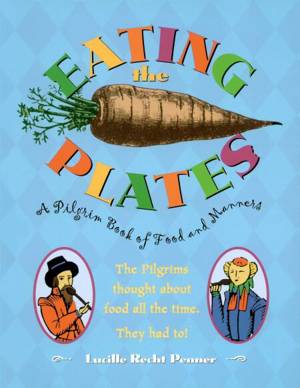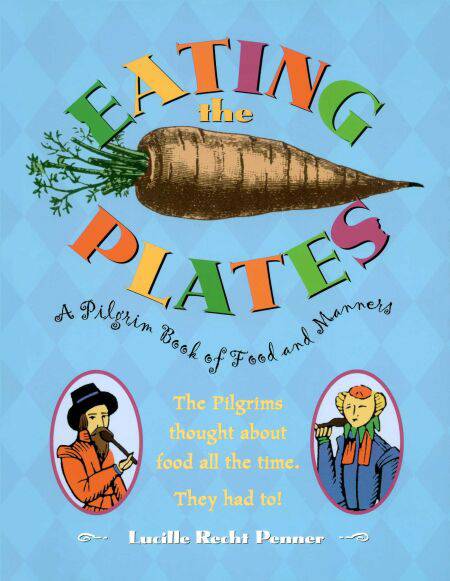
- Afhalen na 1 uur in een winkel met voorraad
- Gratis thuislevering in België vanaf € 30
- Ruim aanbod met 7 miljoen producten
- Afhalen na 1 uur in een winkel met voorraad
- Gratis thuislevering in België vanaf € 30
- Ruim aanbod met 7 miljoen producten
Zoeken
€ 12,29
+ 12 punten
Uitvoering
Omschrijving
Penner's Pilgrims are heroes, and deservedly so. She takes the story of their crossing on the Mayflower and establishment of Plymouth Colony, and fleshes it out with all the distasteful, even disgusting, details of their struggle for survival. Everything that made life difficult in the 1600s is mentioned--the acceptance of insect infestation in one's hair, clothing, bed, and food; the lack of efficient implements for home construction; the danger of crossing the Atlantic on an open vessel; and the deadly aftermath of disease. The author makes it clear that without the Indians' help, these settlers would not have made it through their first year, dependent as they were on European agricultural methods not suited to the New World.
While Penner gives a complete picture of the Pilgrims' daily life, her prime focus is on food--what the people ate; how they raised, prepared, served, and preserved it. Her writing style has a light touch that makes this interesting reading, often with a wry slant. The book concludes with a ``Pilgrim Menu'' for readers to prepare with adult supervision. The illustrations include pen-and-ink drawings and lithographs that show period artifacts and various food items.
While Penner gives a complete picture of the Pilgrims' daily life, her prime focus is on food--what the people ate; how they raised, prepared, served, and preserved it. Her writing style has a light touch that makes this interesting reading, often with a wry slant. The book concludes with a ``Pilgrim Menu'' for readers to prepare with adult supervision. The illustrations include pen-and-ink drawings and lithographs that show period artifacts and various food items.
Specificaties
Betrokkenen
- Auteur(s):
- Uitgeverij:
Inhoud
- Aantal bladzijden:
- 128
- Taal:
- Engels
Eigenschappen
- Productcode (EAN):
- 9781439136997
- Verschijningsdatum:
- 8/09/2008
- Uitvoering:
- E-book
- Beveiligd met:
- Adobe DRM
- Formaat:
- ePub

Alleen bij Standaard Boekhandel
+ 12 punten op je klantenkaart van Standaard Boekhandel
Beoordelingen
We publiceren alleen reviews die voldoen aan de voorwaarden voor reviews. Bekijk onze voorwaarden voor reviews.











